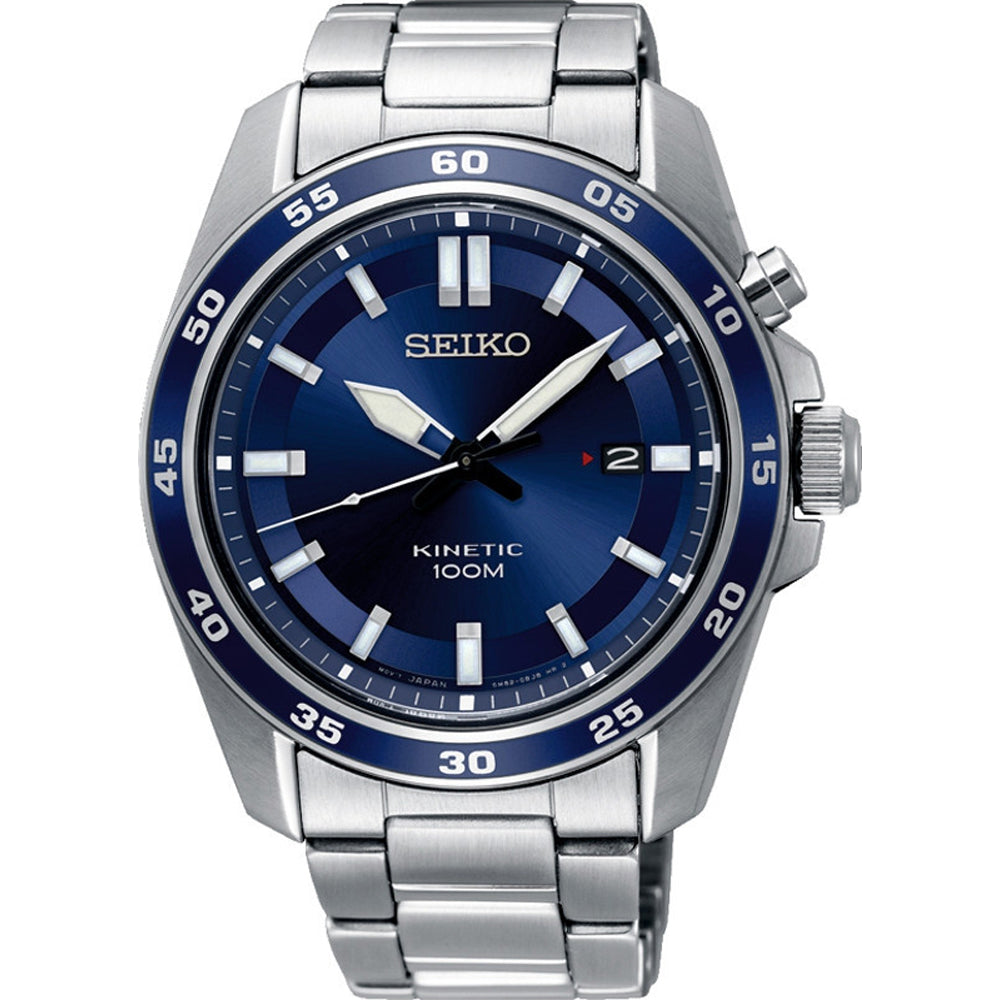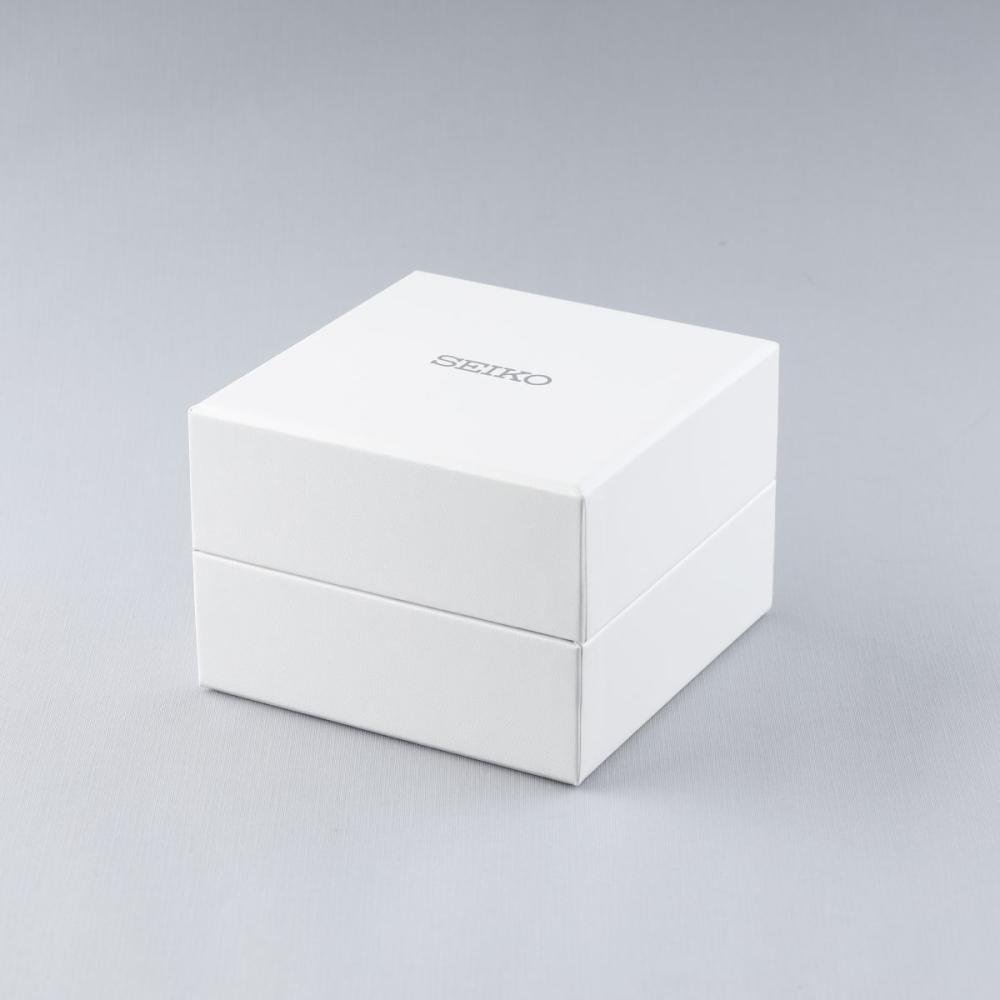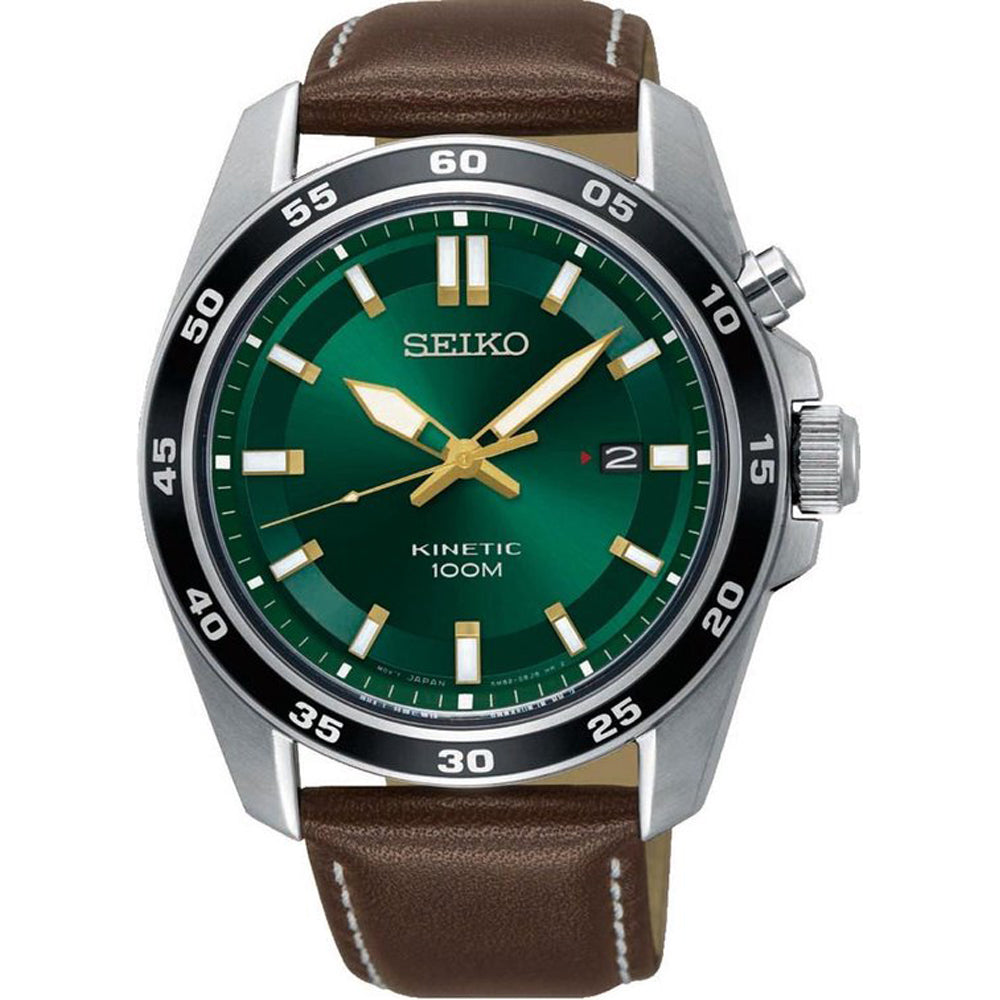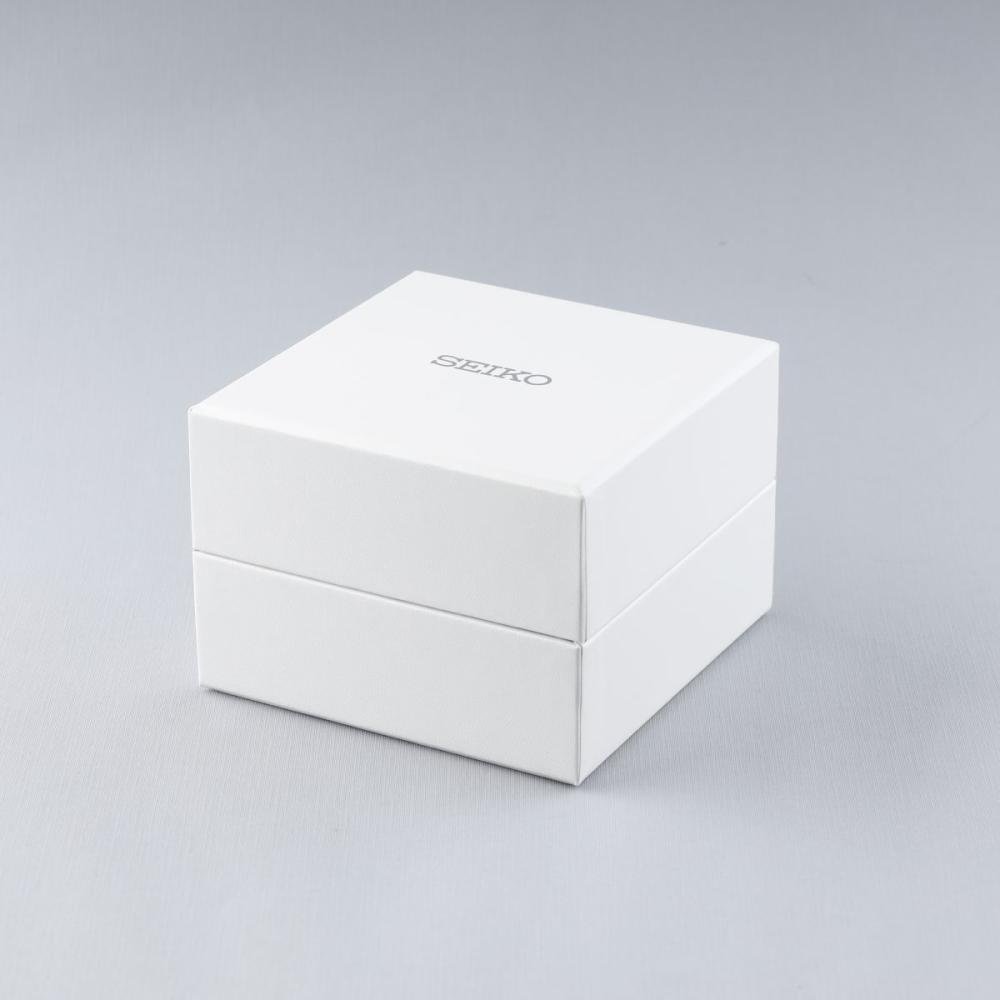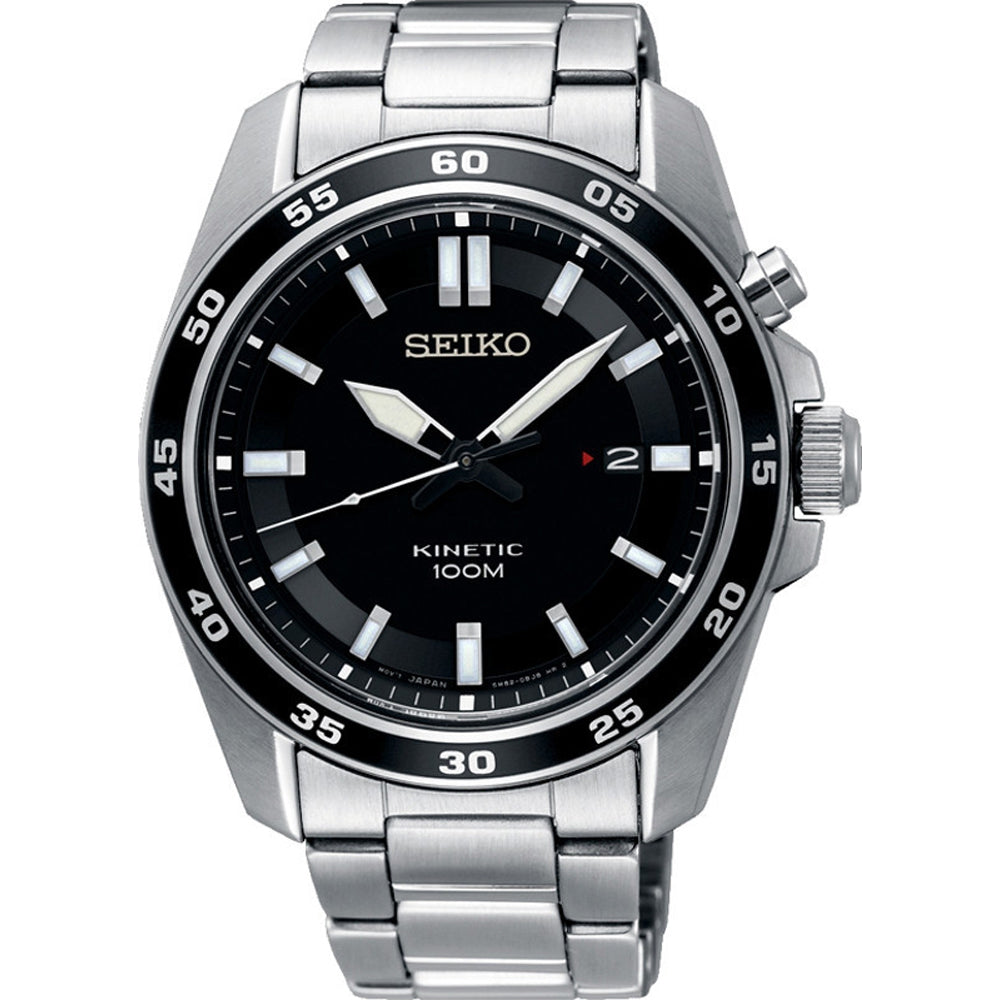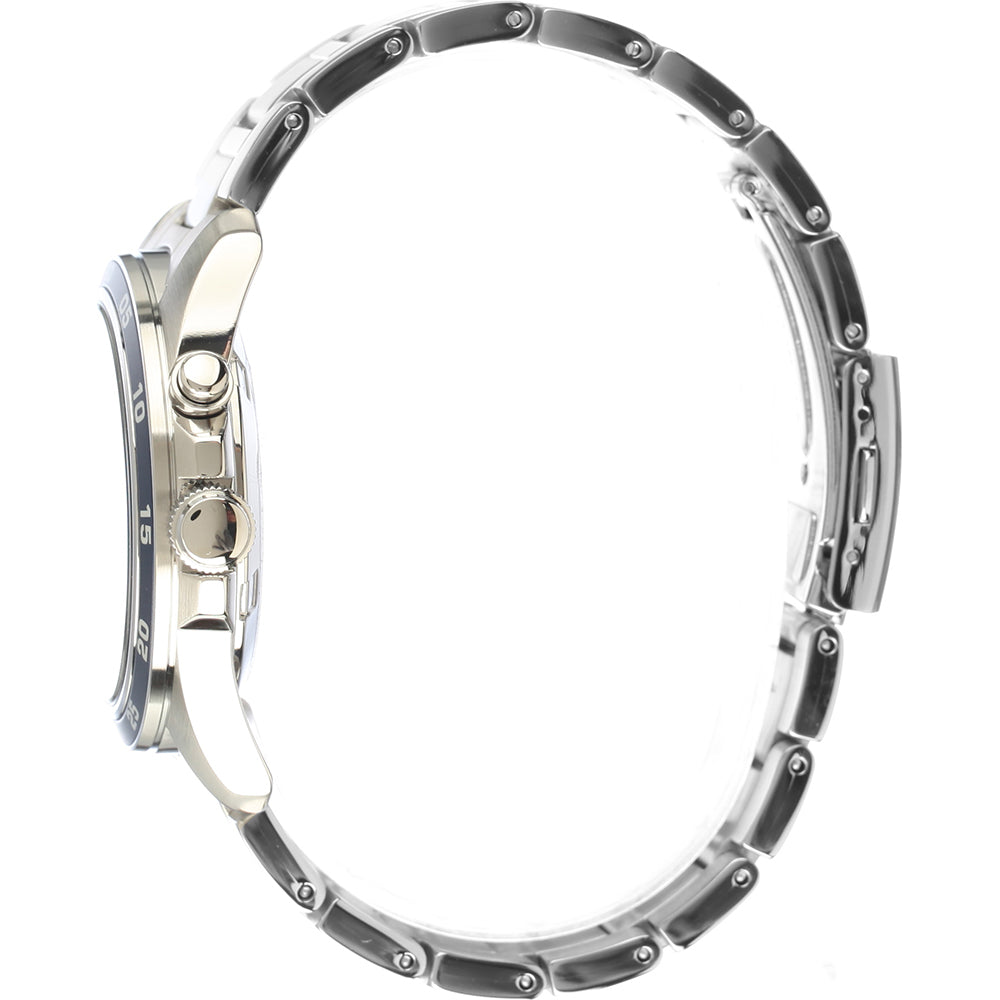How does a kinetic watch work?
A kinetic watch or, more accurately, a kinetic timepiece works on a principle similar to that of an automatic timepiece, but with changes in the way it is driven. Automatic watches are powered by the wearer's movement which drives a spring. In the case of a kinetic watch, the wearer's movements charge a piece of quartz crystal; the charged energy is then stored in a battery, a so-called capacitor. Simply put, the main difference between an automatic and a kinetic watch is the processing of energy by the wearer of the watch.
There is also a difference in how long that energy can be stored in automatic and kinetic timepieces. An automatic watch can usually store energy for a shorter time than a kinetic watch, so the energy reserve is on average about 50 hours and no longer than a few days. With kinetic timepieces, the period during which they can store energy without moving usually extends into months or even years.
Although a kinetic watch combines an automatic movement with a quartz mechanism, meaning superior accuracy, there are also disadvantages while some automatic watches can last a lifetime, the capacitor in a kinetic watch may require recalibration or replacement after 10 years. so both types of timepieces have their pros and cons. Please note that there are several differences between the capacitor and the regular battery, but the main difference is their lifespan. The capacitor will work longer than regular batteries and can be charged thousands of times.
Seiko Kinetic Watches
Twenty years after the invention of the kinetic watch , Seiko has sold more than eight million kinetic watches. It is difficult to say whether they have ever lost popularity since then - they may have been overshadowed at times by Seiko's new models and new inventions, but their ease of use, environmental friendliness and high performance have never gone out of fashion. In fact, their times may be right in front of us, but a lot depends on the specific kinetic model you have. You can see exactly how the kinetic movement works in the diagram below, taken from a Seiko owner's manual. (top link) It explains the parts in detail. However, both can be referred to as motion-powered watches.
Brief history of the Seiko Kinetic Watch
To get to know the kinetic watch better, let's first take you on a short journey back in time to when they were invented. It is no wonder that the invention of a kinetic watch belongs to Seiko, like many others. In 1986, Seiko's first kinetic prototype was introduced at the Basel fair and it was called an automatic quartz watch. It was a new type of Seiko movement, which combined the properties of automatic and quartz movements. Two years later, the commercial watch called AGS with caliber 7M22 inside was launched and available to the world, as the first ever kinetic watch. In 1991, these watches were renamed Seiko Kinetic.
The year 1998 saw the release of Seiko Kinetic Auto Relay, a mechanism that extended the rest period of the kinetic watches to an astonishing 4 years. A year later, in 1999, the Ultimate Kinetic Chronograph (Seiko Sportura Chronograph - SLQ003) with caliber 9T82 and zero resetting function was released, which was a remarkable timepiece that combined the best of Seiko's electronic and mechanical watches, followed by another kinetic chronograph in 2003 (Seiko Arctura SNL001 Chronograph). Baselworld 2005 shed light on Kinetic Perpetual (kinetic timepiece with a perpetual calendar, correct until February 20 in the year 2100) that automatically went to sleep and returned to the correct time when worn again.
The year 2007 brought the Kinetic Direct Drive that can be manually wound to charge the watch, the so-called 'embodiment of Seiko's emotional technology', meaning that it contributes to both the ease of use and the ecological side of the kinetic watch .
Current collection of Seiko kinetic watches
The current collection of Seiko Kinetic watches is still fairly limited, the best-selling model is the SKA783P1, see here . At first glance, this watch may look like any other watch. It is relatively simple and has a sporty look. But it's the inside that's most interesting, as it uses Seiko's Kinetic technology. The series of kinetic watches is presented with a stainless steel case with a diameter of 43mm. The thickness is 12 mm. This is a little more than the standard case size of 40mm, but at the same time it's not huge so it works for men with both large and medium wrists. In the future we expect to be able to include more Seiko kinetic watches in our collection. Van der Kooij Edelsmeden is an official dealer of Seiko Netherlands and can therefore order any watch for you. Have you seen another Seiko kinetic watch online and would you like to view it in store? Please contact our customer service.


